In my talk, titled "On the road to artistic AudioVisual representation learning", I gave a selective overview of my research journey through audio and video representation learning (supervised and self-supervised), which has led me to some of the questions I'm interested in now on the topic of artistic AudioVisual representation learning.
I tried to keep the talk light, fun, and full of demos :)
The complete talk is now available here:
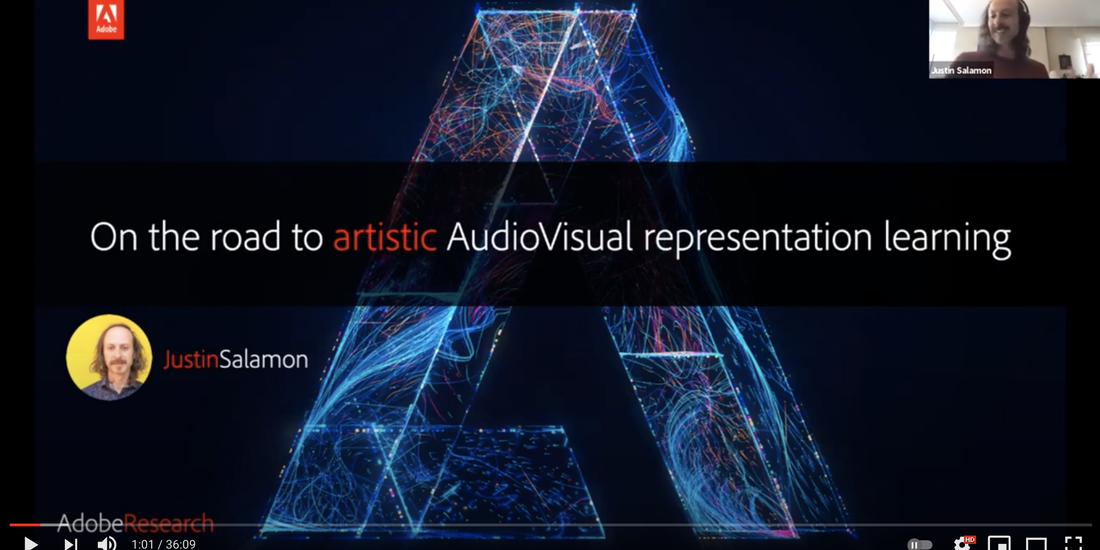
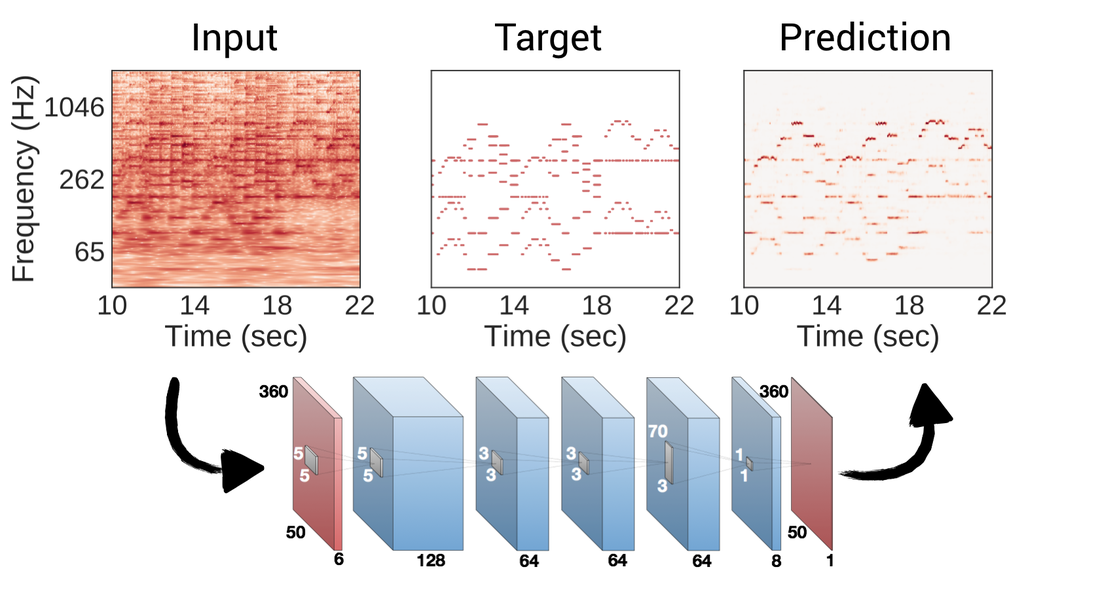
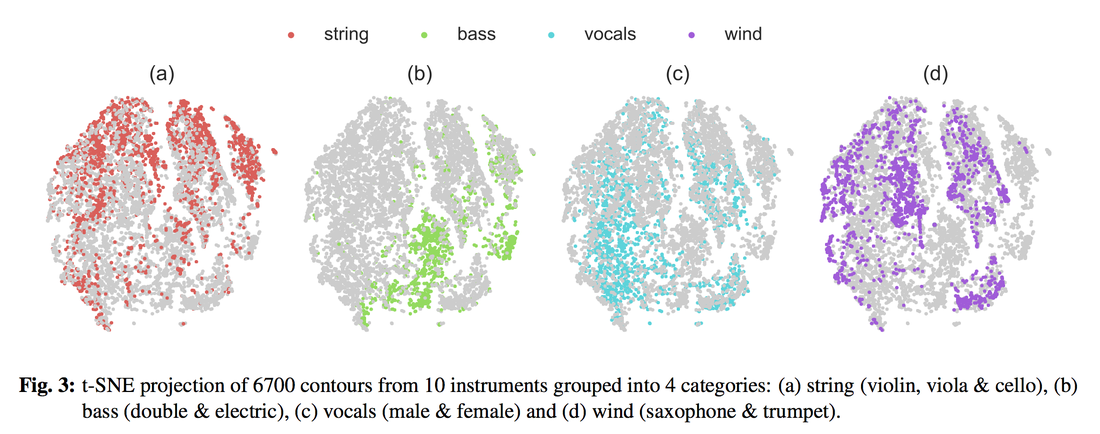
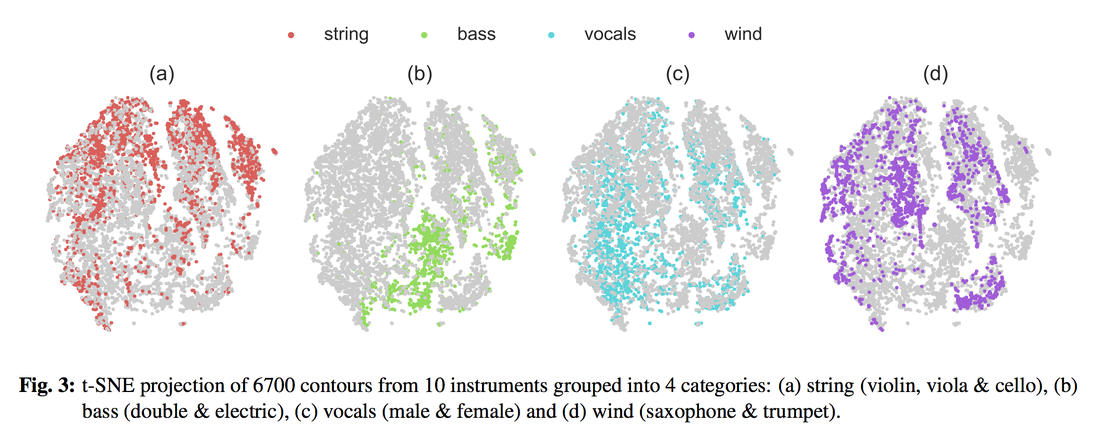
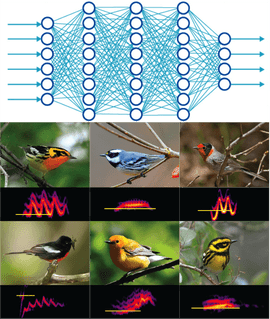
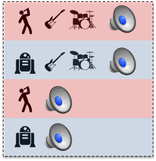

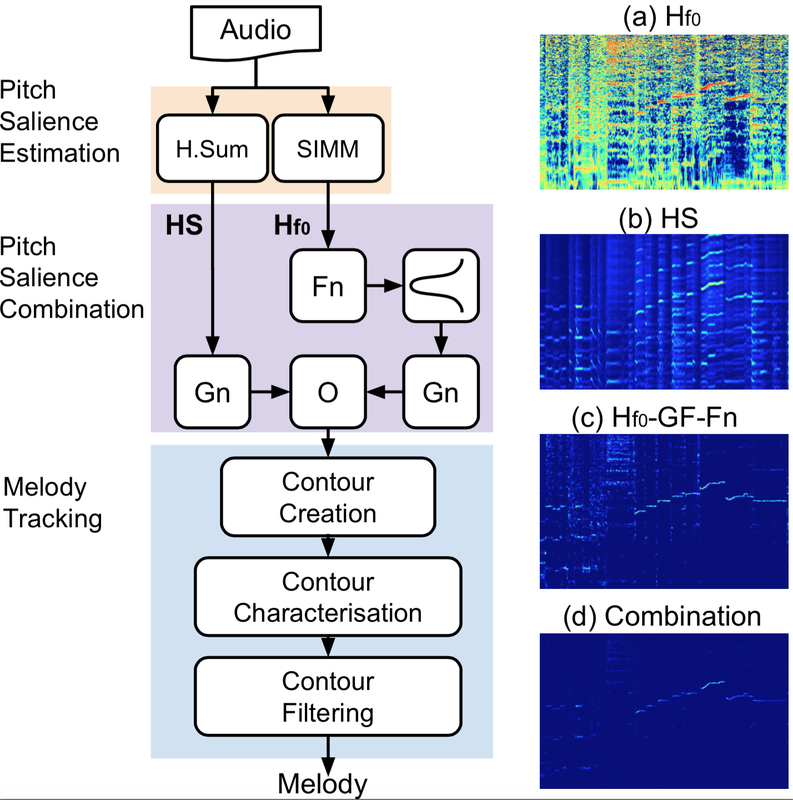
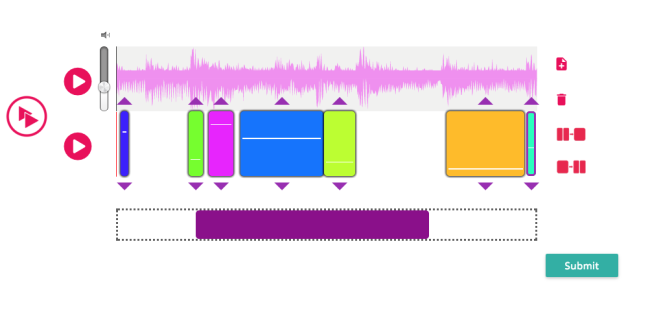
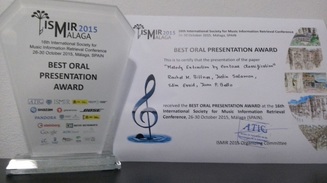

 RSS Feed
RSS Feed
